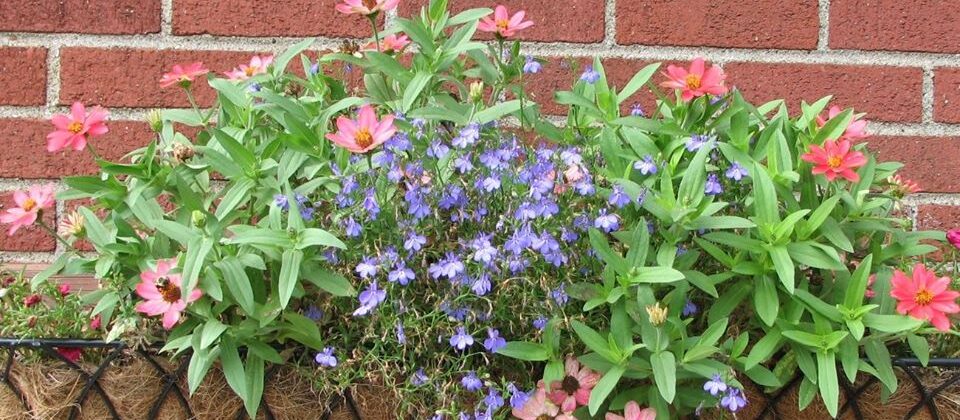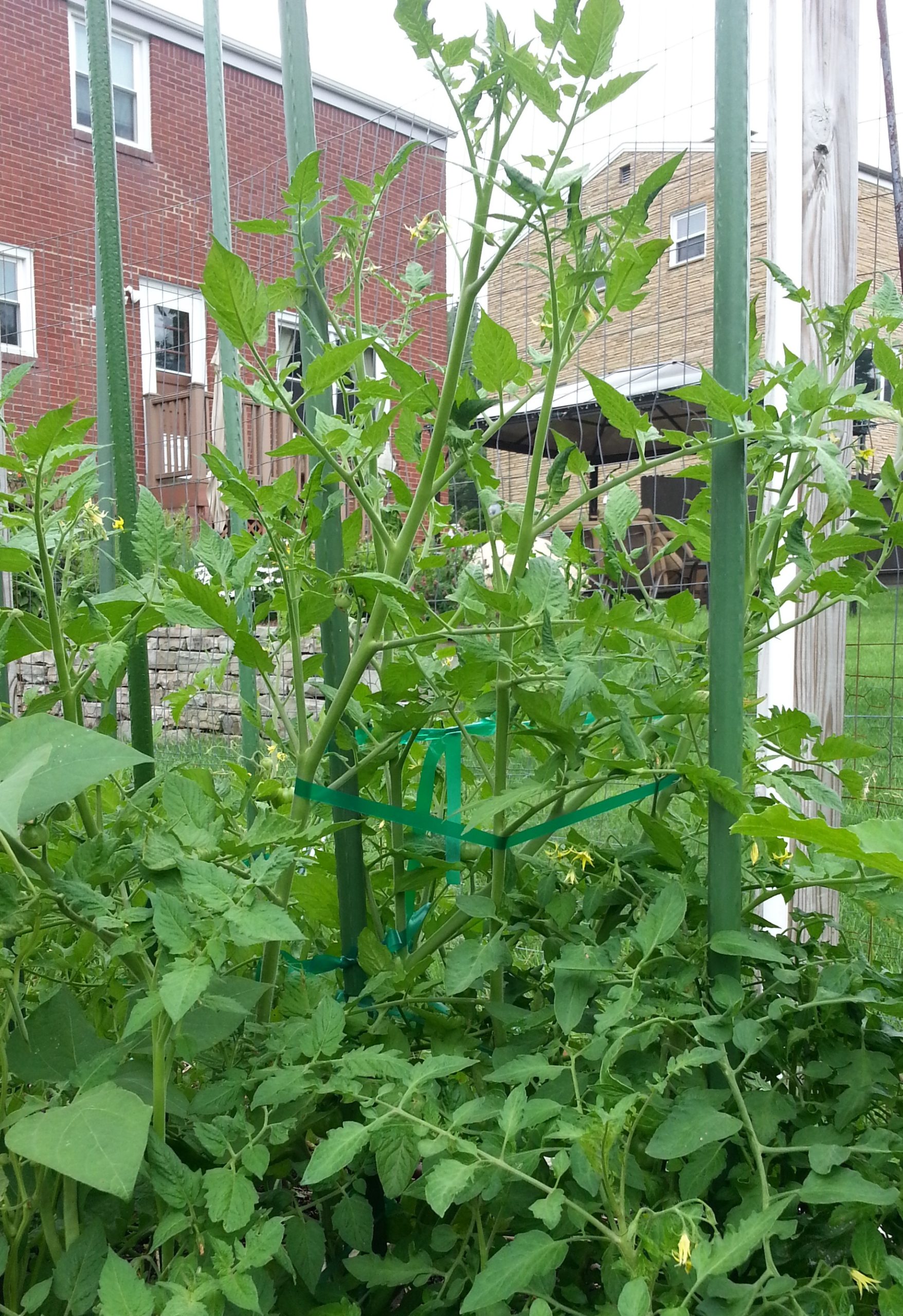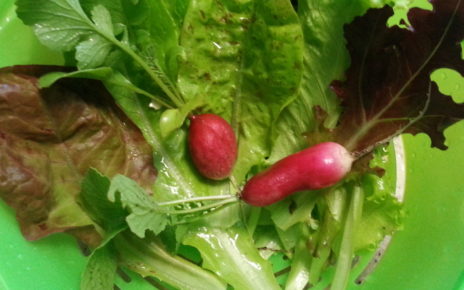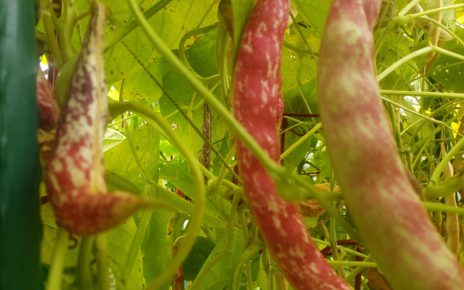Here is the main idea with Plant Height and Interplanting: The tallest plants should face where the sun sets in the west, the shortest plants should face where the sun rises in the east and everything else should be in between. The plant height for the bulb and the root veggies is the part above ground in the list below.
Tall: Corn and the following vining plants when they are trellised Pole Beans, Peas, Cucumbers, Melons, Pole Tomatoes, Sweet Potatoes, Tomatillos, Zucchetta, Winter Squash
In Between: Bush Tomatoes, Brussels Sprouts, Blue Berries, Raspberries
Medium: Bush Beans, Broccoli, Cabbage, Carrots, Cauliflower, Celeriac, Celery, Collards, Eggplant, Garlic, Kale, Kohlrabi, Leeks, Mustard, Onions, Parsnips, Peppers, Potatoes, Summer Squash, Swiss Chard
In Between: Bok Choy, Bush Beans, Head Lettuce, Rutabagas, Turnips
Short: Arugula, Beets, Endive, Leaf & Mesclun Lettuce, Radishes, Spinach, Strawberries, Tatsoi
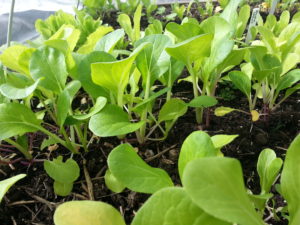
Don’t forget that arugula, lettuce, spinach and other greens, beets, radishes and strawberries. can tolerate partial shade so they are prime candidates for interplanting.
You also need to consider the height of your flowers and herbs when interplanting. When in doubt, read the seed packet.
Also, you can sprinkle lettuce, basil, cilantro, dill and parsley seeds in between your plants and harvest the leaves when small.
If you missed my post on Root Depth and interplanting, just click on the link.
